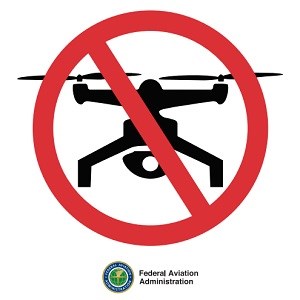
NPS How to ApplyAll permit applications will be reviewed on a case by case basis.The Special Use Permit (SUP) program authorizes activities that provide benefit to an individual, group or organization, rather than the public at large; and that require written authorization and some degree of management control in order to protect park resources and the public interest. Examples include fishing tournaments, weddings and other large group gatherings, 1st Amendment activities, and rights-of-way/easements. Filming, Still Photography, and Audio RecordingThe National Park Service conserves and protects areas of untold beauty, grandeur and historical importance for current and future generations. The tradition of capturing images of these special places started with explorers who traveled with paint and canvas or cameras. Sharing these images helped inspire the creation of national parks. Today, visitors to national parks continue to memorialize their visits through filming and photography. On January 4, 2025, the EXPLORE Act was signed into law (Public Law 118-234) and has been codified at 54 U.S.C. 100905. Section 125 of the Act changed how the National Park Service will manage filming, photography, and audio recording in park areas. Key elements of the new law include:
Individuals and groups conducting filming, still photography, or audio recording are subject to entrance and/or recreation fees that may apply in park areas even when a permit is not required. Filming and Photography QuestionsNo, provided the filming, still photography, or audio recording activity involves eight or fewer individuals and meets all of the following conditions:
If you believe that your filming, still photography, or audio recording activity may require a permit, please contact the park you are visiting before you conduct your activity for more information. You may need a permit if your group is more than eight individuals, or the activity does not meet any of the following conditions:
If you believe that your filming, still photography, or audio recording activity may require a permit, please contact the park you are visiting before you conduct your activity for more information. No. A separate permit and fee payment is not required for filming, photography, or audio recording that is associated with a permitted event, such as a wedding, sporting event, demonstration or other activity. All filming, still photography, and audio recording is treated the same under the new law. It does not matter whether it is commercial, non-commercial, for content creation, by a student, or conducted by media or for news gathering. You do not need a permit if the activity involves eight or fewer individuals and meets all of the following conditions:
If you believe that your filming or photography activity may require a permit, please contact the park you are visiting for more information. When a permit is required, the National Park Service will charge location fees and fees to recover its costs to administer the permit, including application fees.
Yes, you may request and the National Park Service may issue a permit even when one is not required. Permit applications are available at the top of this page. If you believe that your filming, still photography, or audio recording activity may require a permit, please contact us for more information.
If you are planning a photography workshop as a business, you may need a commercial use authorization. Contact us for more information. 
FAA graphic No Drone ZoneLaunching, landing or operating unmanned or remote controlled aircraft in Glen Canyon National Recreation Area and Rainbow Bridge National Monument is prohibited unless authorized in an official capacity. Authorization would require a Special Use Permit. Unmanned Aircraft defined: The term "unmanned aircraft" means a device that is used or intended to be used for flight in the air without the possibility of direct human intervention from within or on the device, and the associated operational elements and components that are required for the pilot or system operator in command to operate or control the device (such as cameras, sensors, communication links). This term includes all types of devices that meet this definition (e.g., model airplanes, quadcopters, drones) that are used for any purpose, including for recreation or commerce. Read more about unmanned aircraft in the national parks. |
Last updated: March 18, 2025
